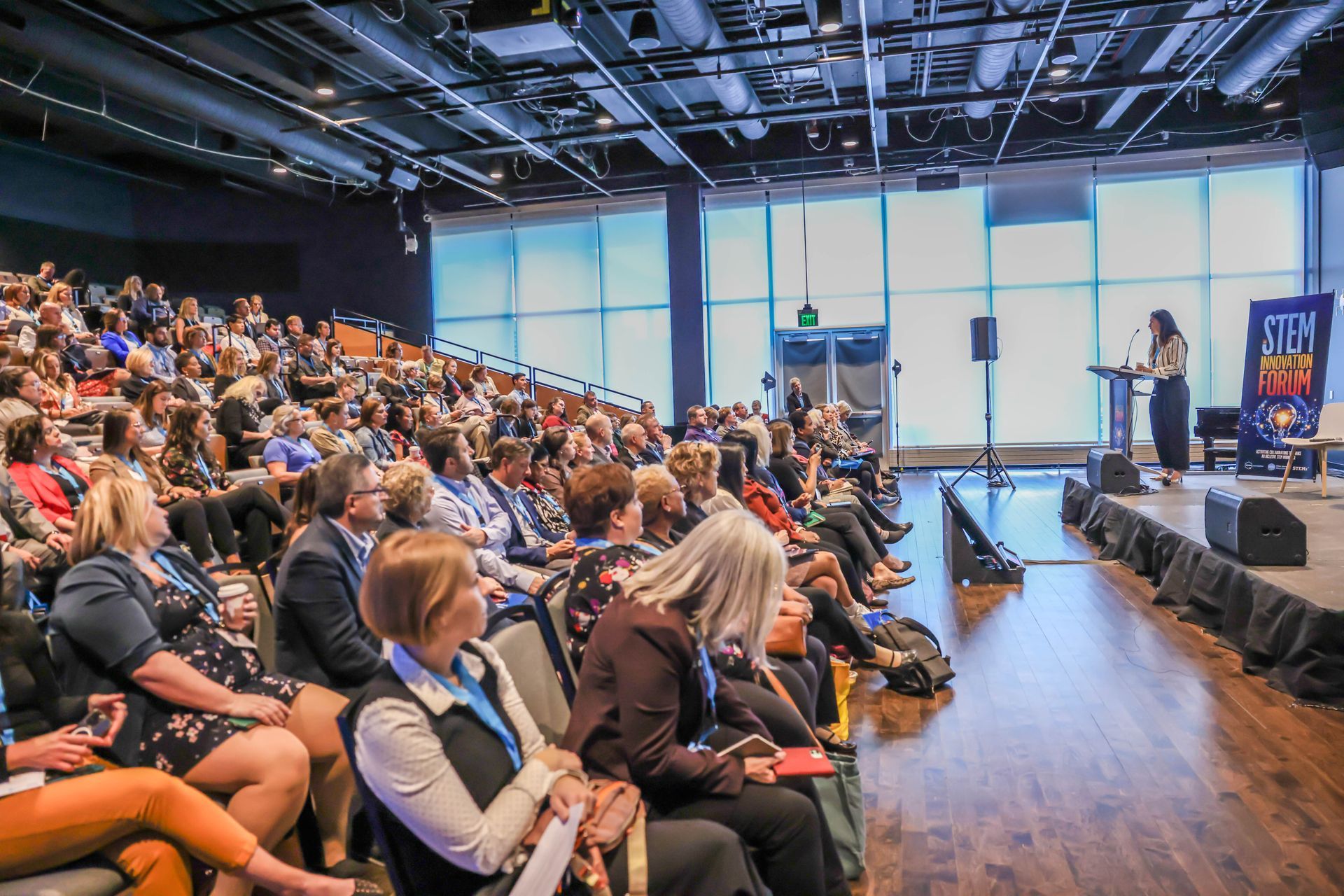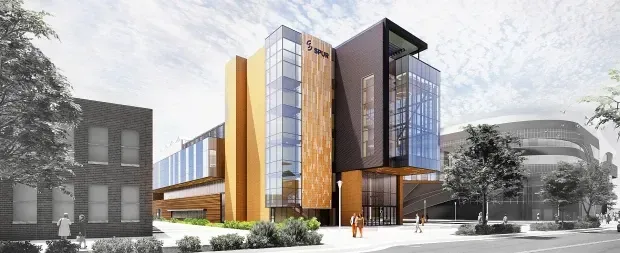Recapping the Next Steps Institute in South Carolina
We were eager to tell you about the Next Steps Institute, a recent education conference that featured no less than five different STEMx members. Here’s a brief summary from Dr. Carol O’Donnell and Katherine Blanchard about the full “State Leaders in STEM” pathway. But, just as importantly, we wanted to know how this conference changed minds. For that angle, see the answers from Dr. Tom Peters at South Carolina’s Coalition for Mathematics & Science.
Dr. Carol O’Donnell
is Director of the Smithsonian Science Education Center which co-organized the Next Steps Institute
Dr. Carol O’Donnell and Katherine Blanchard: The Smithsonian Science Education Center teamed up with the South Carolina Coalition for Mathematics and Science and the South Carolina Afterschool Alliance to host the 2016 Next Steps Institute in Charleston, SC on September 26-28. Close to 300 individuals and teams from across the country came together to gain advanced leadership training in one of seven different Pathway topics. The Smithsonian Science Education Center hosted the “State Leaders in STEM” Pathway designed for those striving to create robust statewide or regional STEM networks. Participants engaged in problems of practice to develop an action plan for their own region while learning from experts around the country who are effectively building their statewide STEM initiatives. This took place over 5 blocks designed to support participants to:
1. Develop an understanding of the elements necessary to create a strong State or regional STEM education network.
2. Build a community of professionals committed to improving education for all students.
3. Draft an action plan for beginning or growing your State or regional STEM network.
Katherine Blanchard is a Professional Services Program Specialist for the Center
Block 1 included Jennifer Zinth from the Education Commission of the States, who identified three components necessary for a State STEM initiative to succeed: (1) statewide coordination/infrastructure; (2) adequate and reliable funding; and, (3) evaluation and quality assurance. These three components served as the foundation for participants to develop their own action plans. Carol discussed the Smithsonian Science Education Center’s LASER ( Leadership and Assistance for Science Education Reform ) model, as one model for infrastructure used by districts, States, and Ministries of Education around the world to systemically implement and scale-up STEM education networks.
Block 2 introduced participants to the process of starting a STEM initiative where they took an inventory of the programs and people already existing in their regions. Dr. Reo Pruiett, Director of Programs at Educate Texas and Dr. Paul Ainslie, Managing Director of STEMx member Indiana-STEM focused on key elements that help to identify challenges and support success for an emerging STEM network.
In block 3, “Growing Your STEM Network,” participants took a deeper dive into what it takes to scale up a STEM initiative across the entire State. Participants were introduced to different models for successfully managing STEM initiatives, followed by discussions with Dr. Samuel Houston, CEO of STEMx member North Carolina Science, Math, and Technology Education Center and Wesley Hall, Director of STEMx member Tennessee STEM Innovation Network who shared the work that they have done to scale their networks in different contexts.
Block 4 focused on “Sustaining Your STEM Network” and addressed the common challenges that States face is sustaining and growing an initiative. Presenters from three States—Amber McCulloch from the Washington State Office of the State Superintendent and Brenda Terry of the Alabama Math, Science, Technology and Engineering Coalition for Education (who both discussed how their States used LASER to scale up reform statewide); and, Tom Peters, of STEMx member South Carolina Coalition for Mathematics and Science—shared how they have implemented these models to scale up STEM reform across their State.
The Pathway closed with a discussion about “Developing Advocates and Partners for STEM Education at the National Level” focused on the work of national STEM Education Networks. Presenters included Dr. Michael Feder, Director of STEMx; Tedd Wells, Vice President and Chief Strategy Officer of STEMConnector; and Dr. Linda Rosen, CEO of Change the Equation. Resources were shared with participants, including Change the Equation’s “ Vital Signs ” portal, which examines the health of K-12 STEM education state by state, and “ A State Policymaker’s STEM Playbook ” published by the Education Commission of the States.
To learn more about the Next Steps Institute please visit: http://www.thenextstepsinstitute.org/.

Dr. Tom Peters explains what he took away from the Next Steps Institute
Turning to Tom, what did you learn during the Pathway?
As a leader and sustainer of South Carolina’s STEM network, I have tended to operate on the principle of strategic opportunism. By this, I meant that when an an opportunity finds me, I figure out a way to make it fit it with strategy. The state leaders pathway was geared more to being guided by strategy in seeking opportunity. The difference may seem subtle, but it’s not. It’s also not an either/or approach for network success. As network leaders, we need to be mindful of both having a plan and being open to opportunity that was not included in our best laid plans.
What are you following up on from the Pathway?
On reflection, perhaps the way in which leaders balance strategy and opportunity is at least in part driven by history. Our network was born of strategy (an NSF grant) and sustains on opportunity. Returning to my statewide network, where I am mentoring three new regional leaders, I have to be mindful of my bias toward opportunity over strategy. Participating in the State Leaders in STEM Pathway has given me language and a planning framework that can guide our conversations about coordination of efforts, funding and evaluation of our work.






